Home>Ideas and Tips>Upgrading Your Home’s Basement With DIY Soundproofing Panels
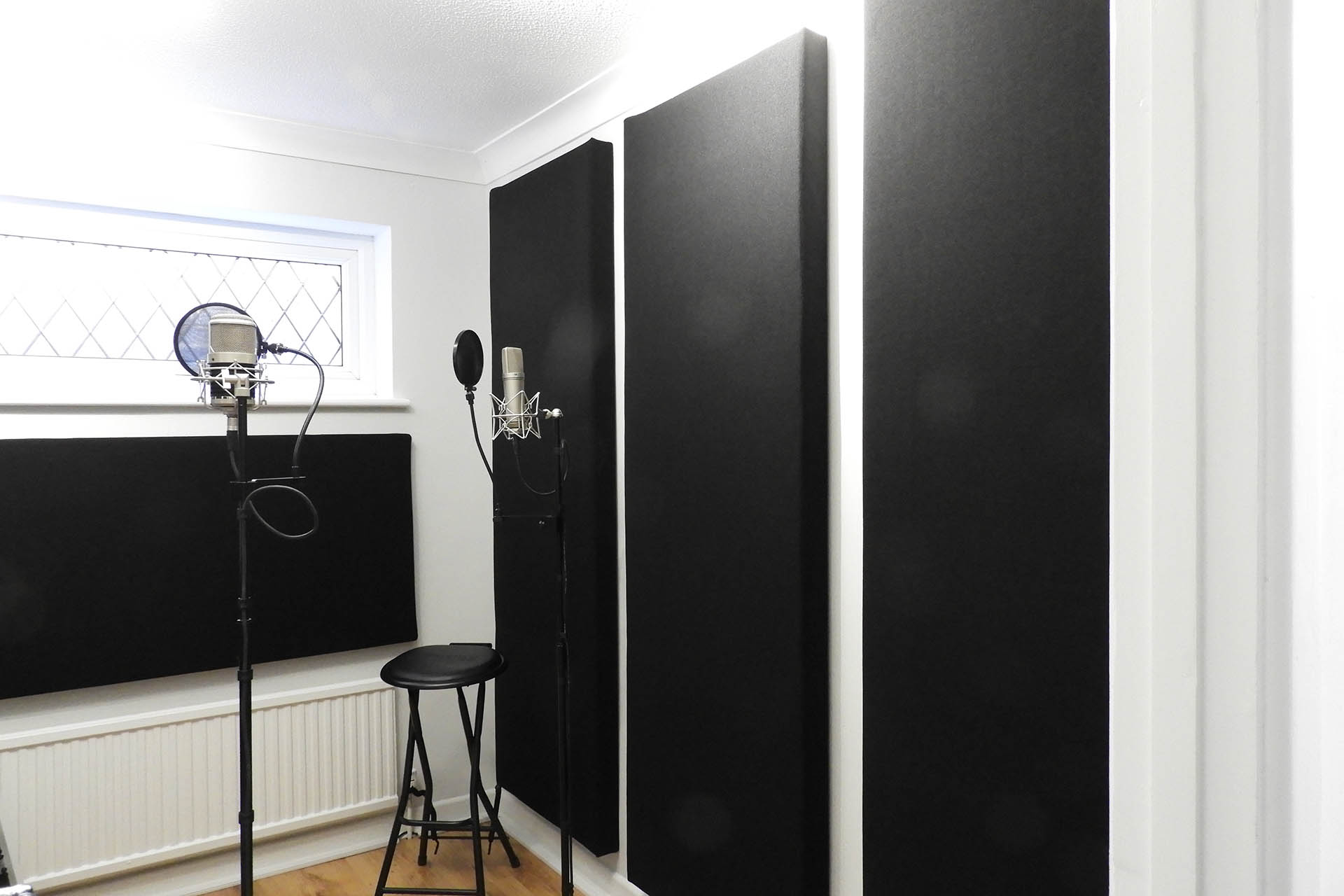

Ideas and Tips
Upgrading Your Home’s Basement With DIY Soundproofing Panels
Published: September 20, 2024
Transform your basement into a quiet retreat with DIY soundproofing panels. Learn effective techniques to reduce noise and enhance privacy.
(Many of the links in this article redirect to a specific reviewed product. Your purchase of these products through affiliate links helps to generate commission for Storables.com, at no extra cost. Learn more)
Introduction
Basements are often underutilized spaces in homes, but they can be transformed into cozy retreats, home theaters, or even additional living areas. However, one of the major challenges in utilizing basements is soundproofing. Sound can travel easily through walls, ceilings, and doors, making it difficult to enjoy peace and quiet in these spaces. In this article, we will explore the steps and methods to create a soundproof basement using DIY soundproofing panels and other effective techniques.
Why Soundproofing is Important
Soundproofing is crucial for several reasons:
-
Privacy: If you plan to use your basement as a home office, movie room, or guest room, soundproofing ensures that you can work or relax without being disturbed by noise from other parts of the house.
-
Noise Reduction: Soundproofing helps in reducing ambient noise that can travel through walls and ceilings, making the space more comfortable for relaxation or entertainment.
-
Property Value: A well-soundproofed basement can increase the value of your property by providing additional living space that is quiet and peaceful.
Assessing Your Basement
Before you start soundproofing your basement, it's essential to assess the space and identify potential sources of noise. Here are some steps to take:
-
Identify Noise Sources: Determine where the noise is coming from. Common sources include footsteps from above, conversations from other rooms, and external noises like traffic or neighbors.
-
Check for Gaps: Look for any gaps or cracks in walls, ceilings, and doors where sound can leak through.
-
Measure Your Space: Measure the dimensions of your basement to determine how much material you'll need for soundproofing.
Materials Needed
To create a soundproof basement using DIY methods, you'll need the following materials:
-
Acoustic Caulk: This is a flexible sealant that can be used to fill gaps and cracks in walls and ceilings.
-
Soundproof Products: These include products like the Wall Blokker, which is a flexible sound membrane barrier that can be placed between walls to absorb sound.
-
Acoustic Panels: These panels are designed to absorb sound waves and can be hung on walls to create a more peaceful environment.
-
Sound Mats: These mats can be installed on the floor above the basement to block noise from coming through the ceiling.
-
Soundproof Door Covers: These covers can be placed over doors to reduce noise disruptions.
-
Drywall: Adding layers of drywall is an effective way to soundproof a basement ceiling. The thicker the drywall, the better it will absorb sound.
-
Green Glue Noise Proofing Compound: This compound creates a tiny air void between two layers of drywall, enhancing soundproofing effectiveness.
-
Insulation: Fiberglass or mineral wool insulation can be used to fill joist cavities and absorb sound waves.
-
Hat Channel Clips and Hat Channel: These are used to secure drywall sheets in place and provide additional support for insulation.
Steps to Soundproof Your Basement
1. Use Acoustic Caulk to Seal Gaps
Noise can travel through the smallest of gaps in doors, walls, and even drywalls. Using acoustic caulk is a simple solution to prevent sound from traveling through these spaces. This product is inexpensive and easy to use, making it a great first step in soundproofing your basement.
2. Install Soundproof Products Between Walls
Depending on the type of walls in your basement, there is a high chance that enough sound will travel through for you to notice it. There are several soundproof products available that you can purchase and place between walls as a way to absorb sound. One such product is the Wall Blokker, which is a flexible sound membrane barrier that reduces noise transfer between walls.
3. Hang Acoustic Panels
Hanging acoustic panels is a creative soundproofing method that doesn't require much effort. Although this method is not as effective as using products like the Wall Blokker, it can still be used to absorb sound in a decorative way. Acoustic art panels can serve both as decoration and soundproofing on the walls within your basement.
4. Install a Sound Mat
With a basement being underground, there is much potential for noise disruptions to enter from the ceiling above. Installing a sound mat or carpet padding on the floor above your basement works as a cushion to absorb sound. This is an easy and inexpensive way to soundproof the ceiling of your basement by working through the source—the floor above.
5. Purchase a Soundproof Door Cover
The door to your basement can be another source where noise disruptions may enter. Purchasing a soundproof door cover is an easy solution to block noise from traveling through the door and into your basement. This kind of product can easily be found on Amazon or through specialized soundproofing companies.
Detailed Guide: Soundproofing an Unfinished Basement Ceiling
Sealing Gaps
Sealing gaps is crucial in soundproofing any room, including an unfinished basement ceiling. Use acoustical caulk to fill any gaps or cracks you find. This will prevent airborne sounds from traveling through these openings.
Adding Mass
Adding mass to your ceiling is one of the most effective ways to soundproof it. Here are some methods:
-
Roll Out Sound Insulation: Roll out sound insulation across the joists for an easy DIY method of adding mass. This doesn't require any special skills and can be done affordably.
-
Tackling Drywall: If you're not concerned with a completely finished basement, you can try tackling drywall yourself. Put a bead of Green Glue on the joists and affix the drywall. You'll still need some help holding up the drywall sheets while you screw them in.
Using Green Glue Noise Proofing Compound
Green Glue noise proofing compound creates a tiny air void between two layers of drywall, enhancing soundproofing effectiveness. Use it on all cracks between sheet material in your basement ceiling to improve soundproofing.
Installing Insulation
Lots of sound-absorbing material is an important defense against noise coming through a basement ceiling. Use fiberglass or mineral wool insulation to fill all joist cavities.
Using Hat Channel Clips and Hat Channel
Hat channel clips are used to secure drywall sheets in place while hat channel provides additional support for insulation. Mark lines on the joists with pencil every 16 inches and fasten clips next to each line using 1-5/8-inch drywall screws. Custom-cut hat channel strips to fit your ceiling space and secure them into these clips.
Installing Final Layers of Drywall
Cover the ceiling joists with a layer of 5/8-inch fire code drywall using 3/4-inch drywall screws driven through the drywall and into the hat channel without touching underlying joists. Seal all cracks and seams between sheets with more Green Glue before applying paint.
Additional Tips for Soundproofing Your Basement
Remove Ductwork
If your basement ceiling is open, consider removing ductwork from your heating system and installing in-floor radiant heating instead. This will help reduce noise disruptions caused by metal ductwork.
Use Acoustic Panels and Diffusers
Acoustic panels absorb many sound waves before they can reflect off hard surfaces, reducing echo and reverberation in the room. Diffusers scatter sound waves, preventing back-and-forth reflections caused by direct sound waves hitting flat surfaces.
Consider Mass Loaded Vinyl (MLV)
Mass loaded vinyl (MLV) is another effective material for soundproofing ceilings. It adds significant mass to the ceiling while also absorbing sound waves effectively.
Conclusion
Soundproofing your basement is a worthwhile investment for anyone looking to create a peaceful and private space within their home. By following these steps and using the right materials, you can significantly reduce noise disruptions and enjoy your basement without distractions. Whether you're planning to use it as an at-home movie room or just somewhere to rest, these DIY soundproofing methods will help you achieve the perfect soundproof basement.
Final Checklist
-
Use Acoustic Caulk: Seal gaps where noise leaks through.
-
Install Soundproof Products: Use products like Wall Blokker between walls to absorb sound.
-
Hang Acoustic Panels: Decorative panels can help absorb sound waves.
-
Install a Sound Mat: Block noise from coming through the ceiling by installing a sound mat on the floor above.
-
Purchase a Soundproof Door Cover: Reduce noise disruptions by covering doors with soundproof covers.
-
Add Mass: Use drywall, insulation, and hat channel clips to add mass to your ceiling.
-
Seal Cracks with Green Glue: Use Green Glue to seal cracks between sheet material in your basement ceiling.
-
Install Insulation: Fill joist cavities with fiberglass or mineral wool insulation.
-
Use Hat Channel Clips and Hat Channel: Secure drywall sheets in place while providing additional support for insulation.
By following these steps and tips, you'll be well on your way to creating a soundproof basement that is perfect for any use you have in mind.
Was this page helpful?
At Storables.com, we guarantee accurate and reliable information. Our content, validated by Expert Board Contributors, is crafted following stringent Editorial Policies. We're committed to providing you with well-researched, expert-backed insights for all your informational needs.
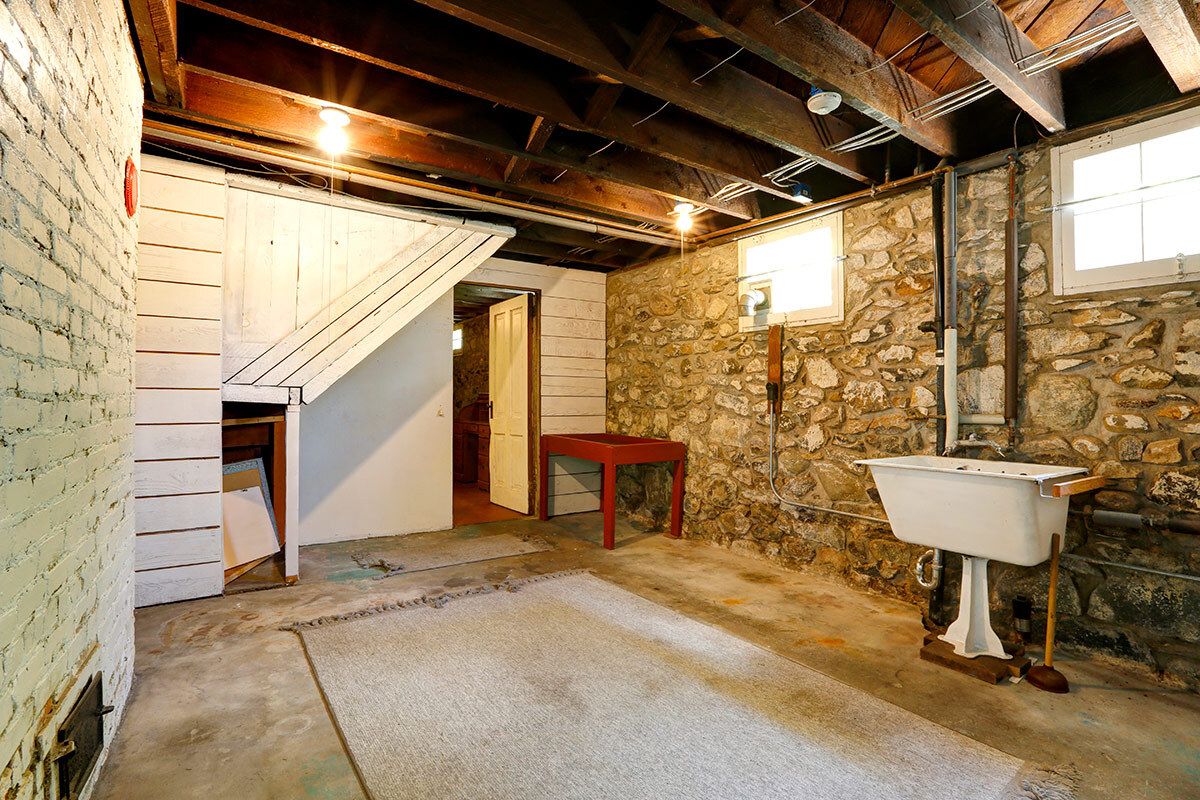

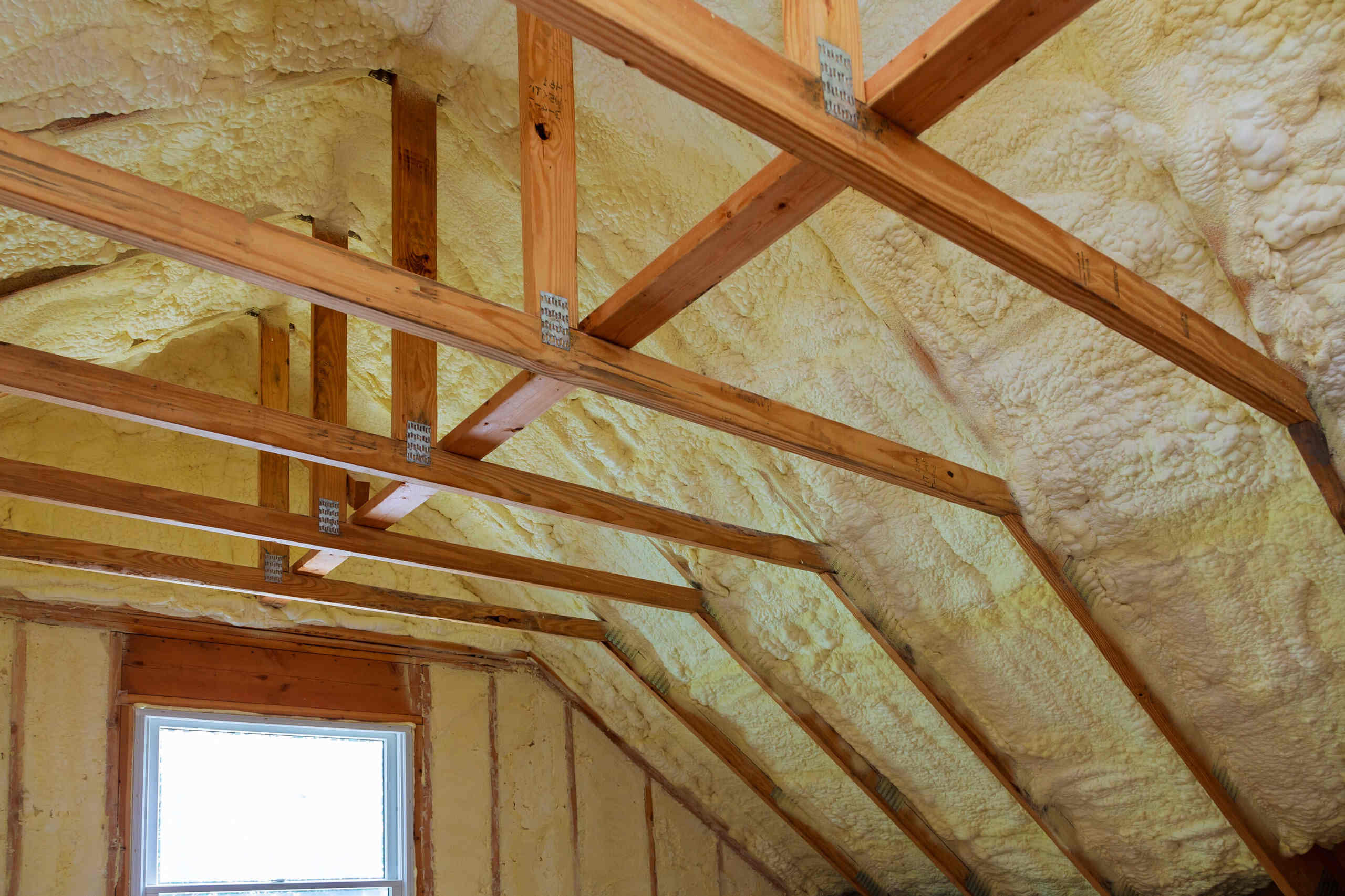
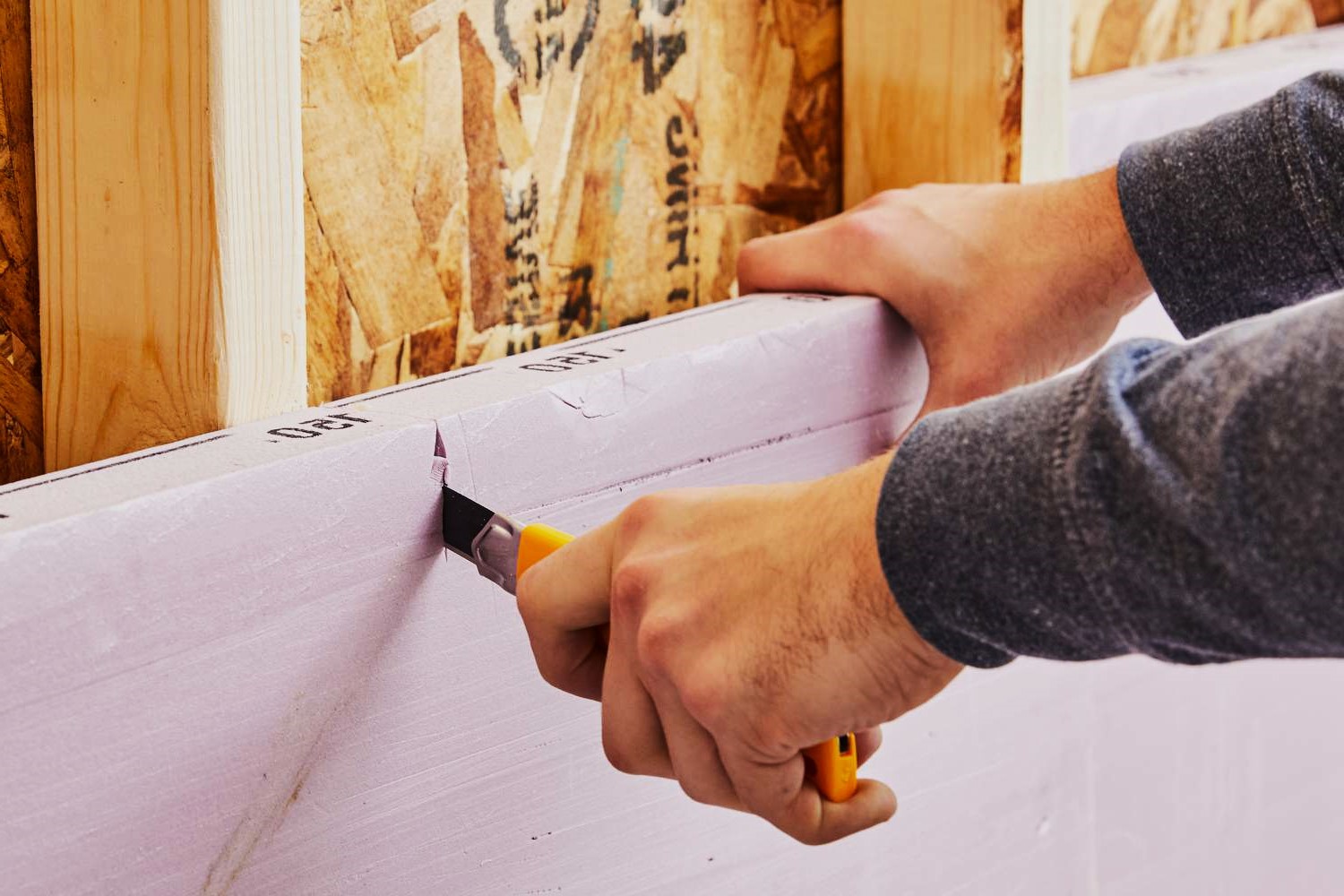
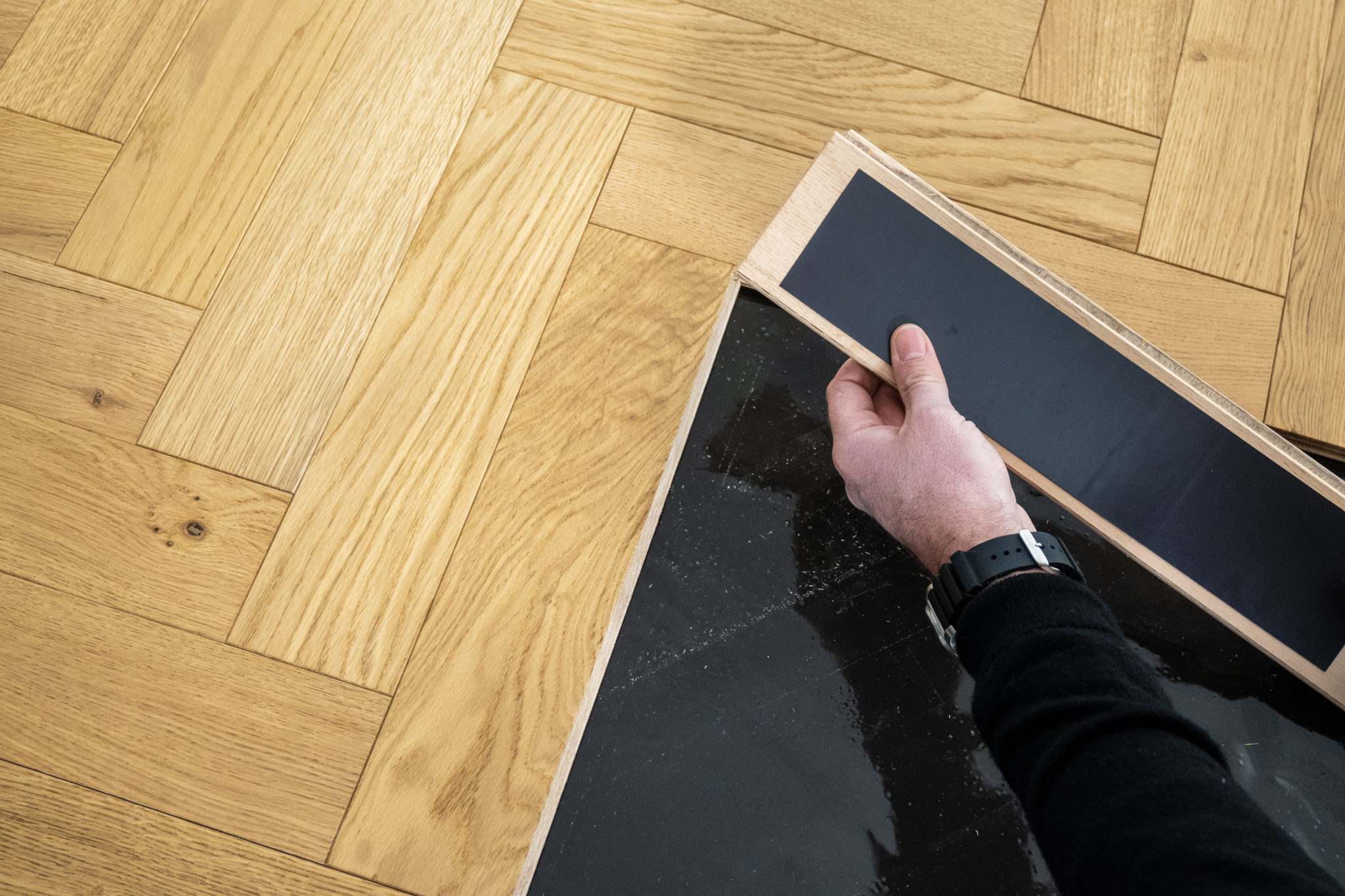


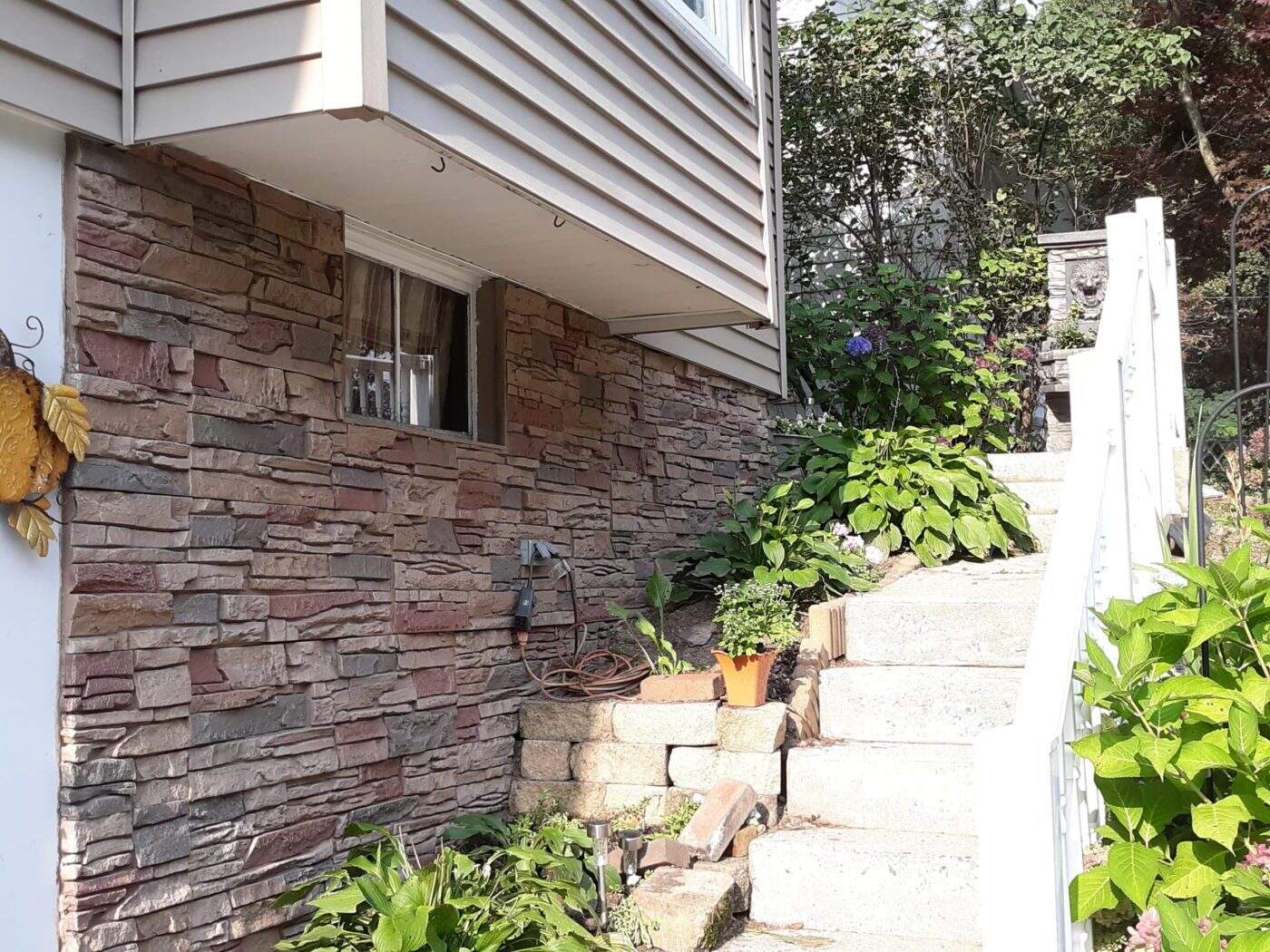
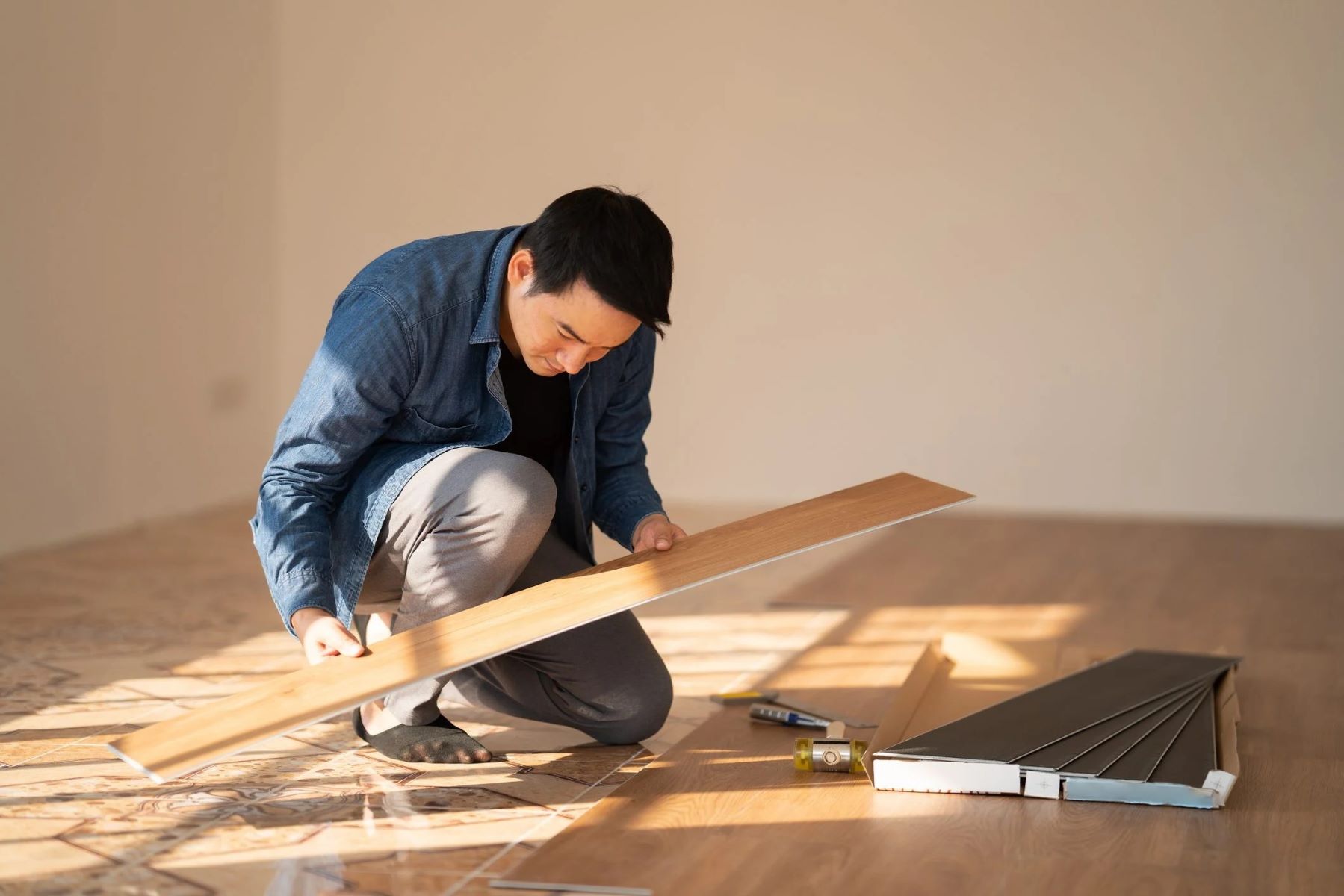
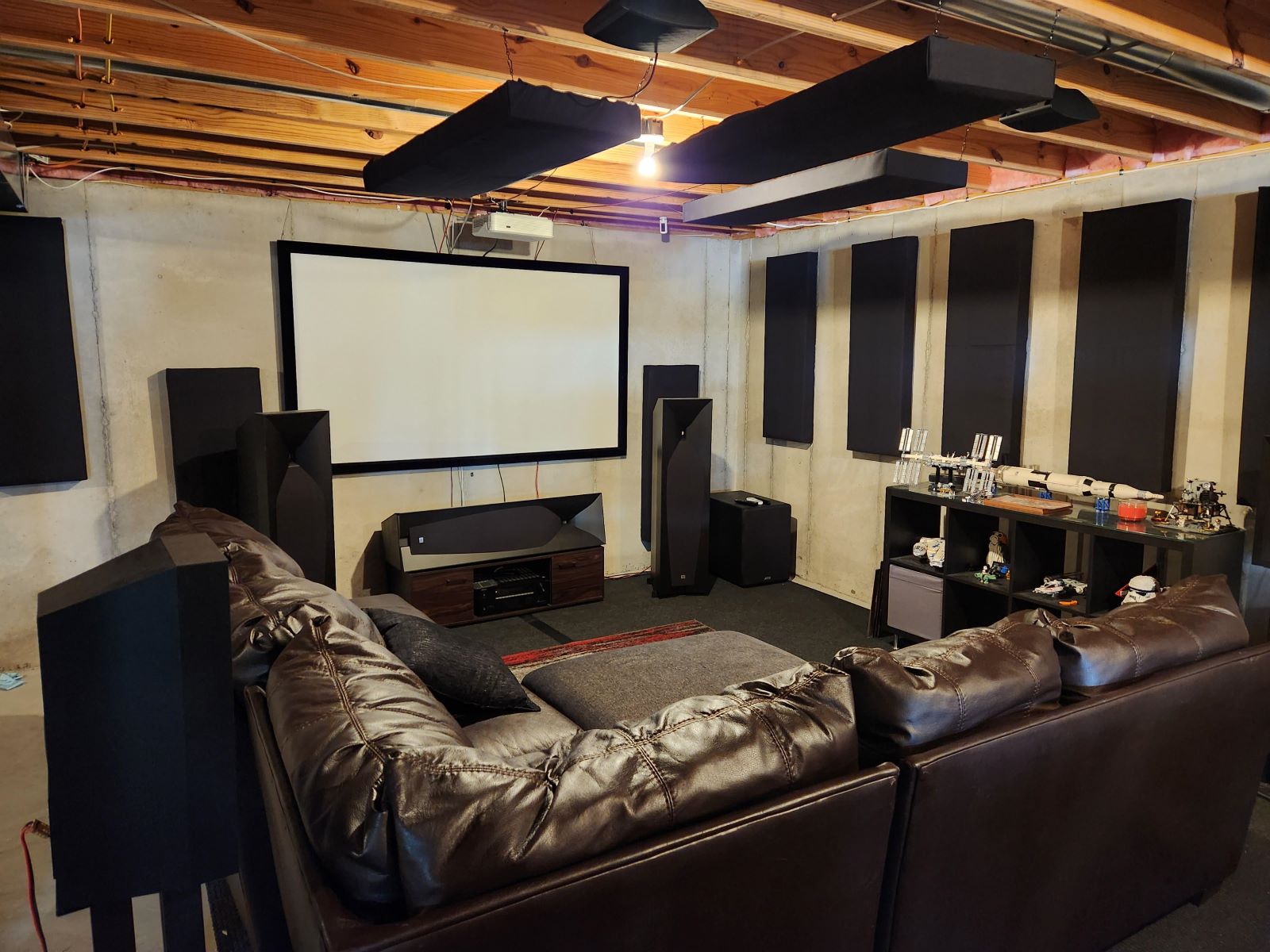
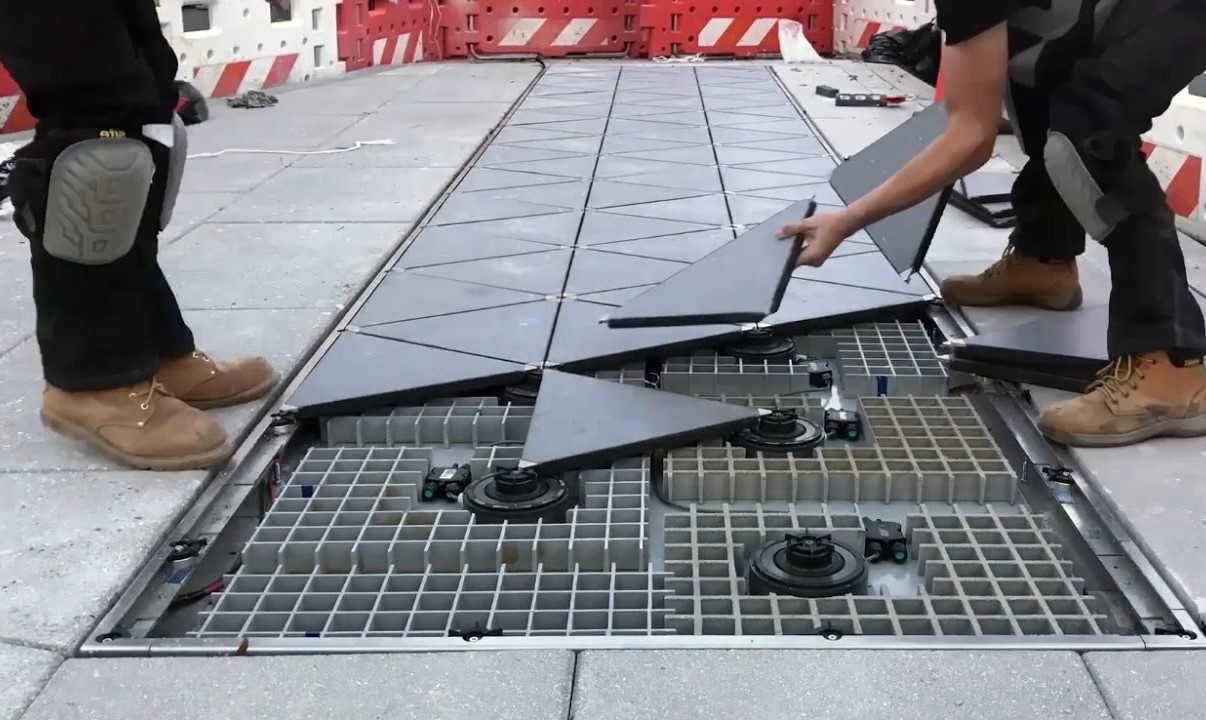
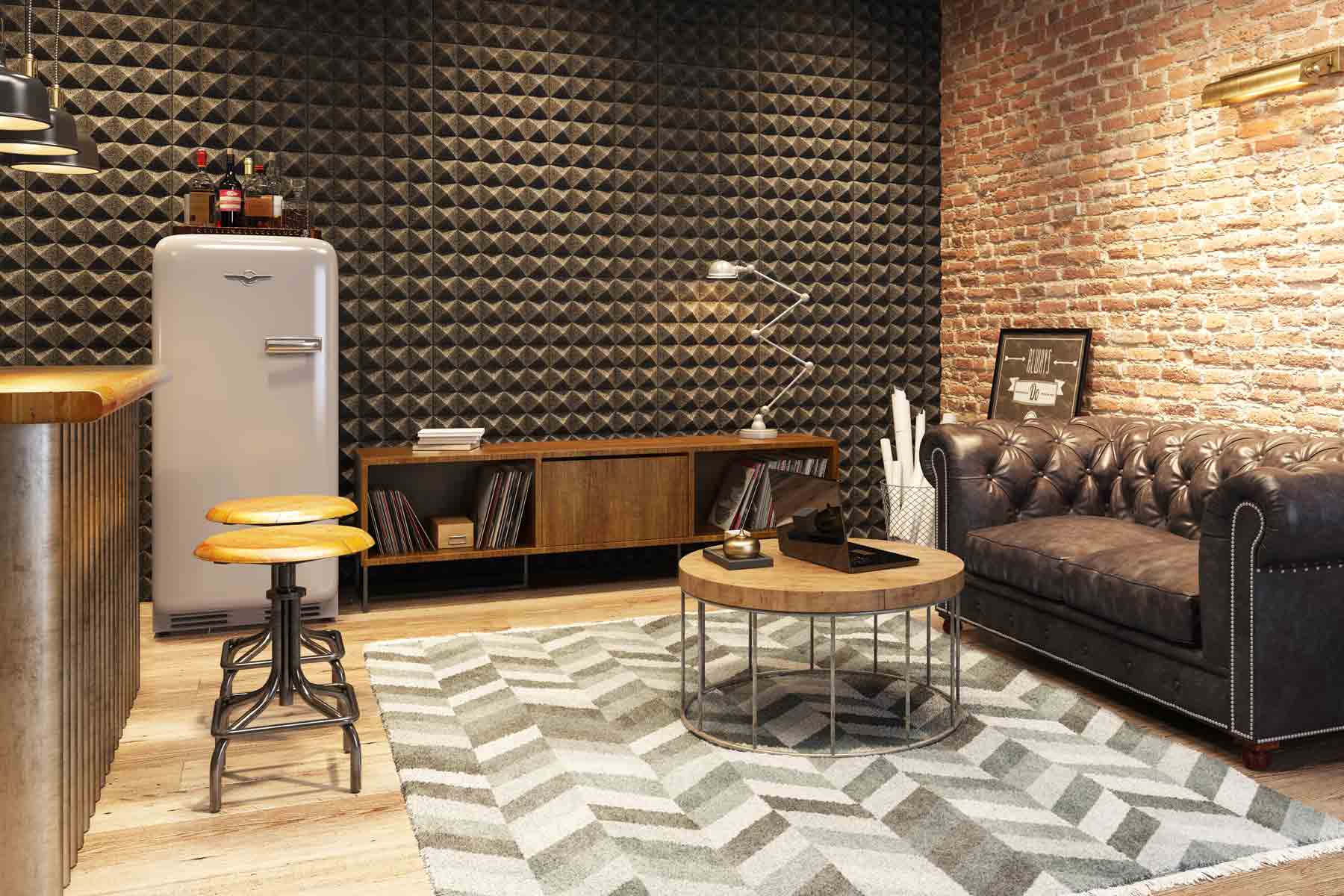
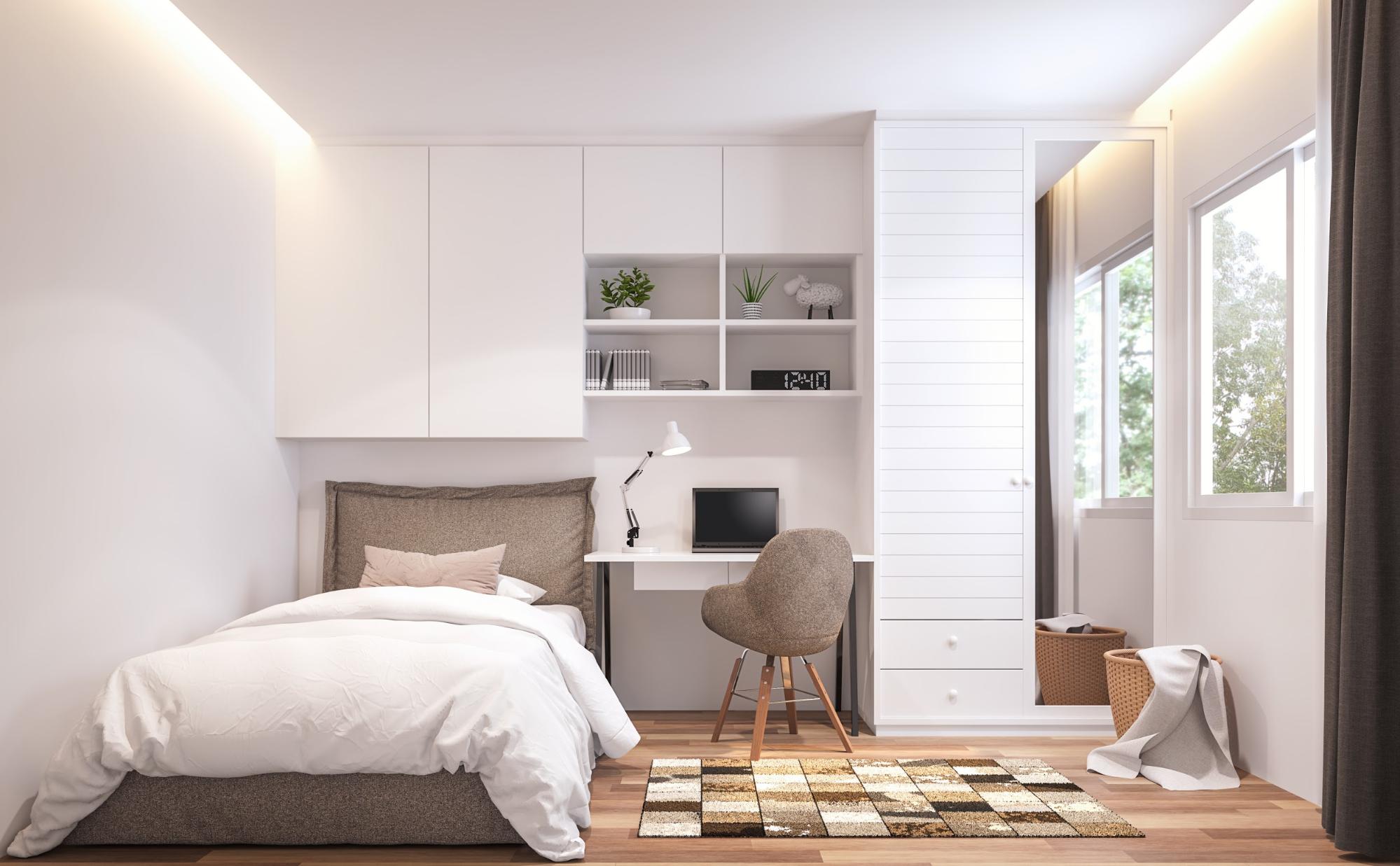
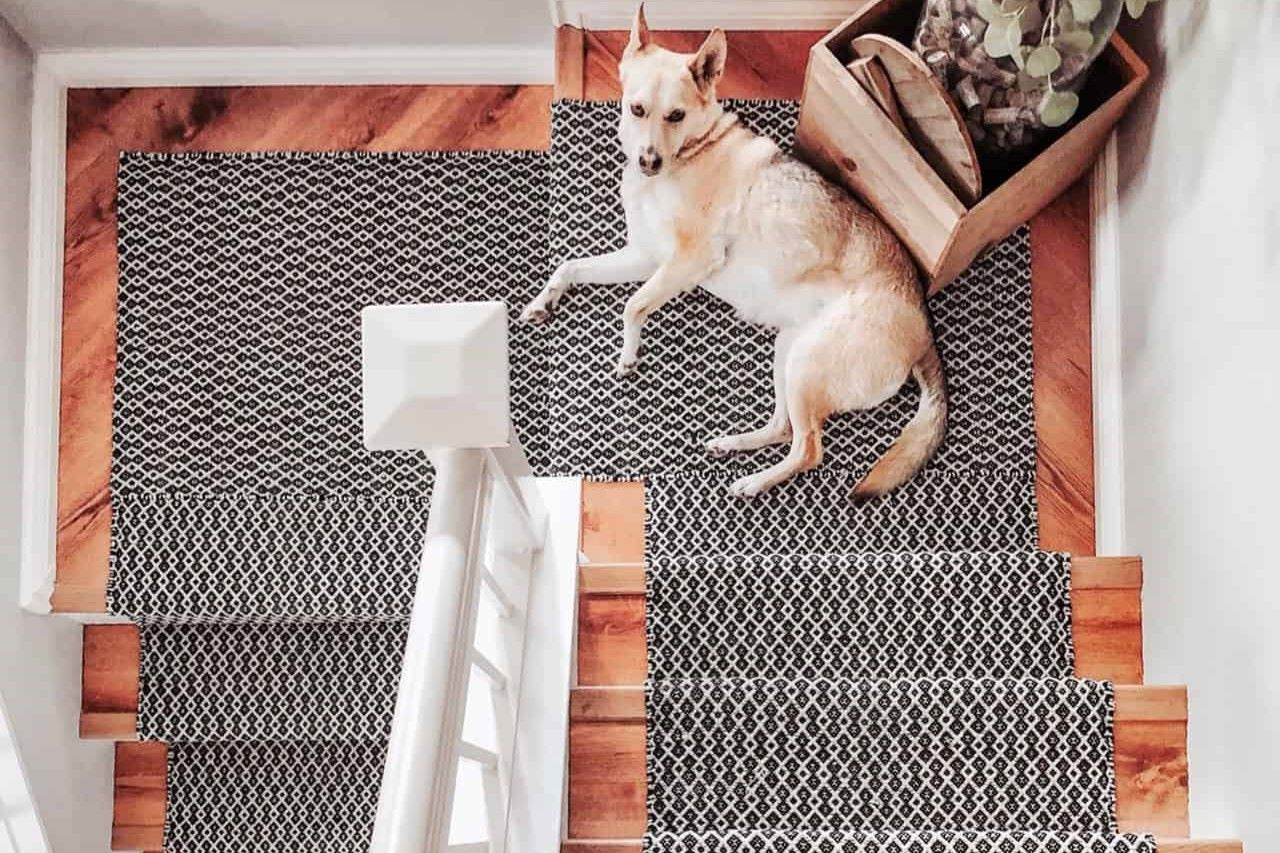

0 thoughts on “Upgrading Your Home’s Basement With DIY Soundproofing Panels”